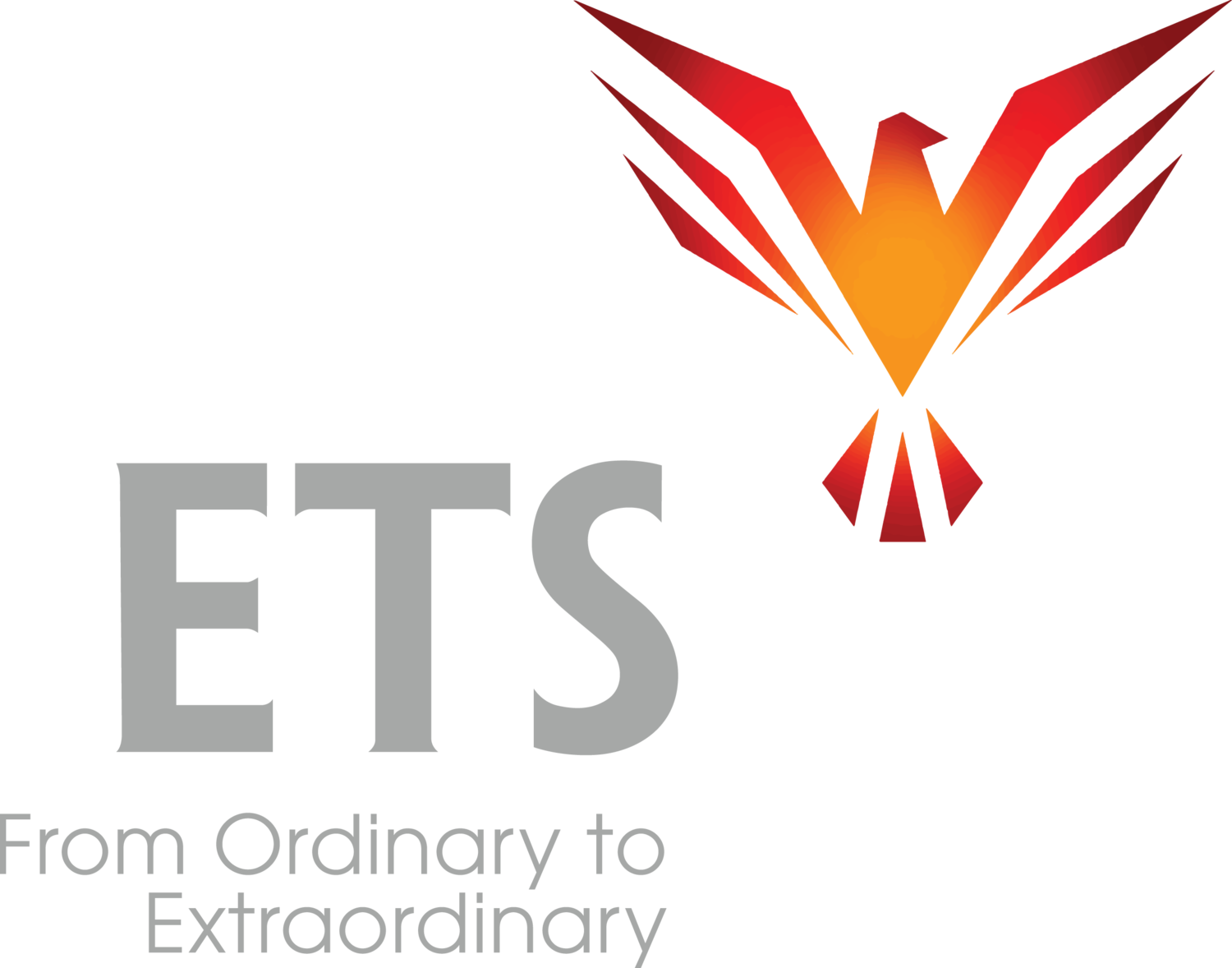“I hate seeing myself on video! That person I see up there is not at all the person I want to be!!!”
I hear this all the time when I show my clients their first video at the start of their workshop. It’s torture.
To see that person up there on the screen and feel powerless because it’s not who you want to be, and not even that person you know you are.
This is the struggle. And it’s an incredibly important breakthrough when you are able to watch a video of yourself and love seeing yourself.
Most people are not there. What, and who, they are being is stiff, uncomfortable, disconnected. And very unnatural. And they hate when they see themselves being this way.
By the same token, people don’t want to look the way many people look after they’ve done “speaker training”, like a speaker on steroids, overly pumped up, overly polished, over-rehearsed and scripted, performing not communicating. That too is unnatural.
The worst part for people watching their first video is they don’t know what’s wrong. They know there’s something wonderful trapped inside them, but when they get up to speak, it stays trapped. This disturbs your confidence. It disturbs your power. It disturbs your ability to be understood.
Being in a senior executive level position doesn’t alleviate this discomfort. As a matter fact, it makes it worse, because there’s more “pressure to perform.” Your presentations are more visible and more widely critiqued. Many senior executives dream of being free of presentation anxiety.
I’ve just described 80% of the people I see giving corporate presentations. It’s so common, it passes for “normal”.
But most people KNOW they’re capable of MUCH more. Even if not one of them knows what’s wrong or how to get there.
